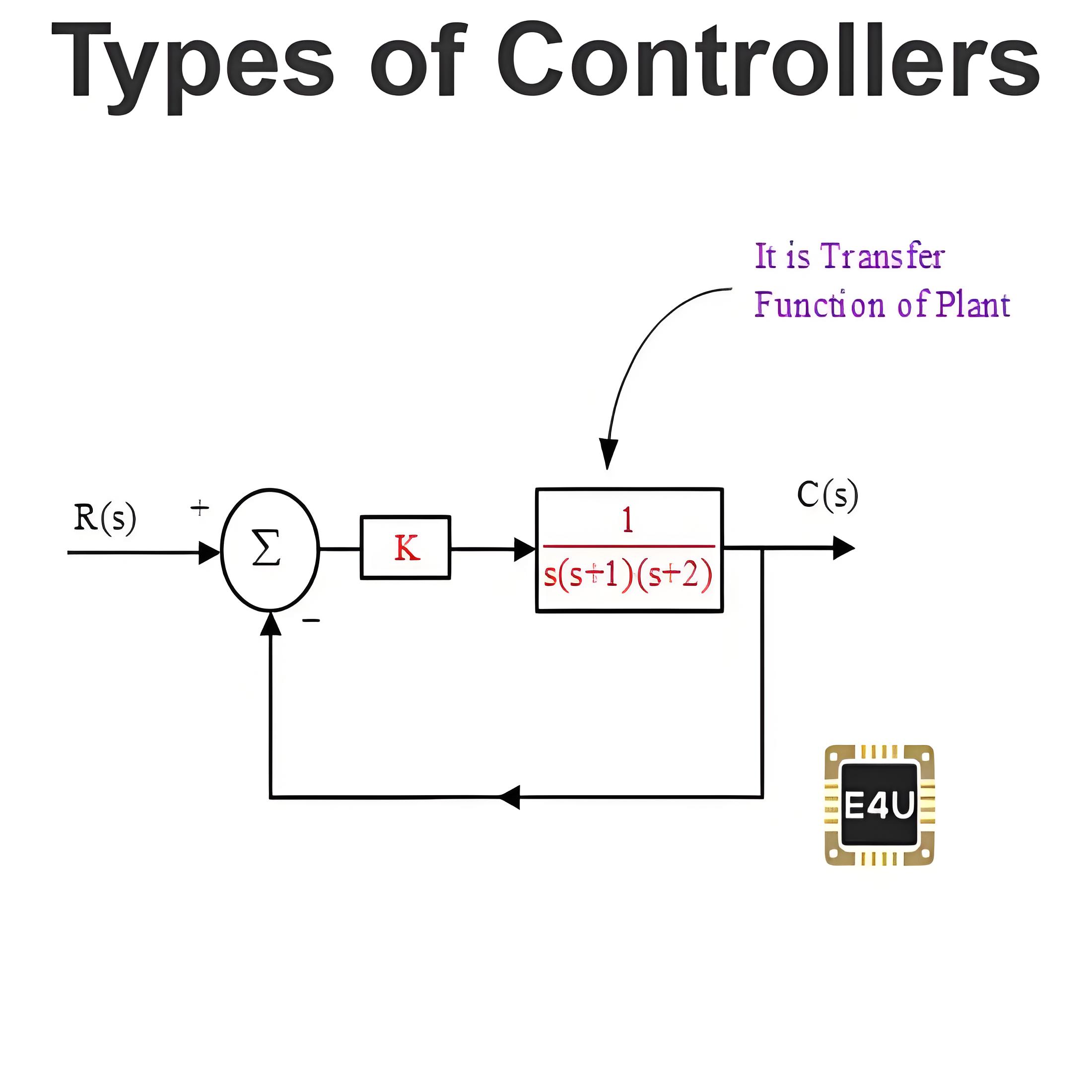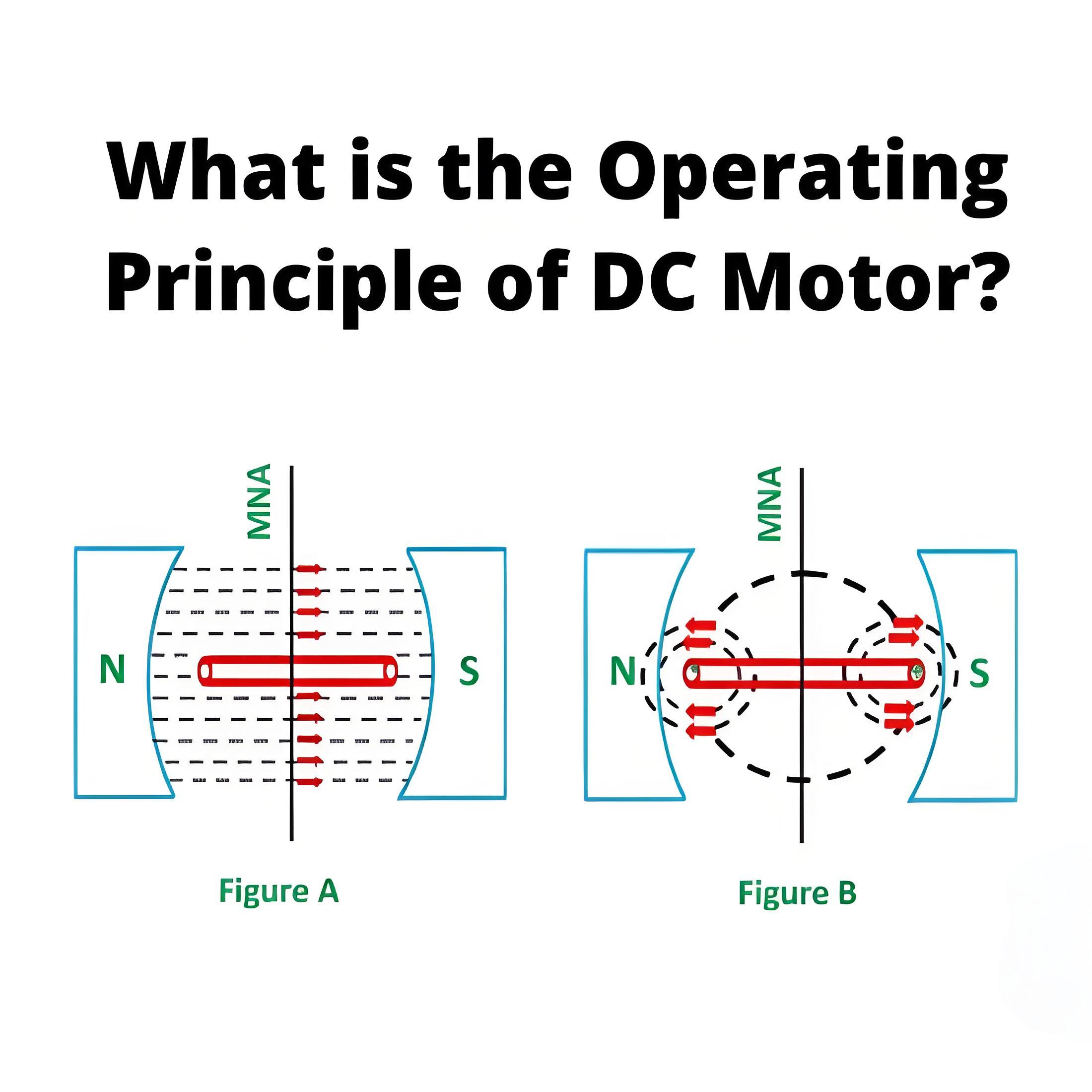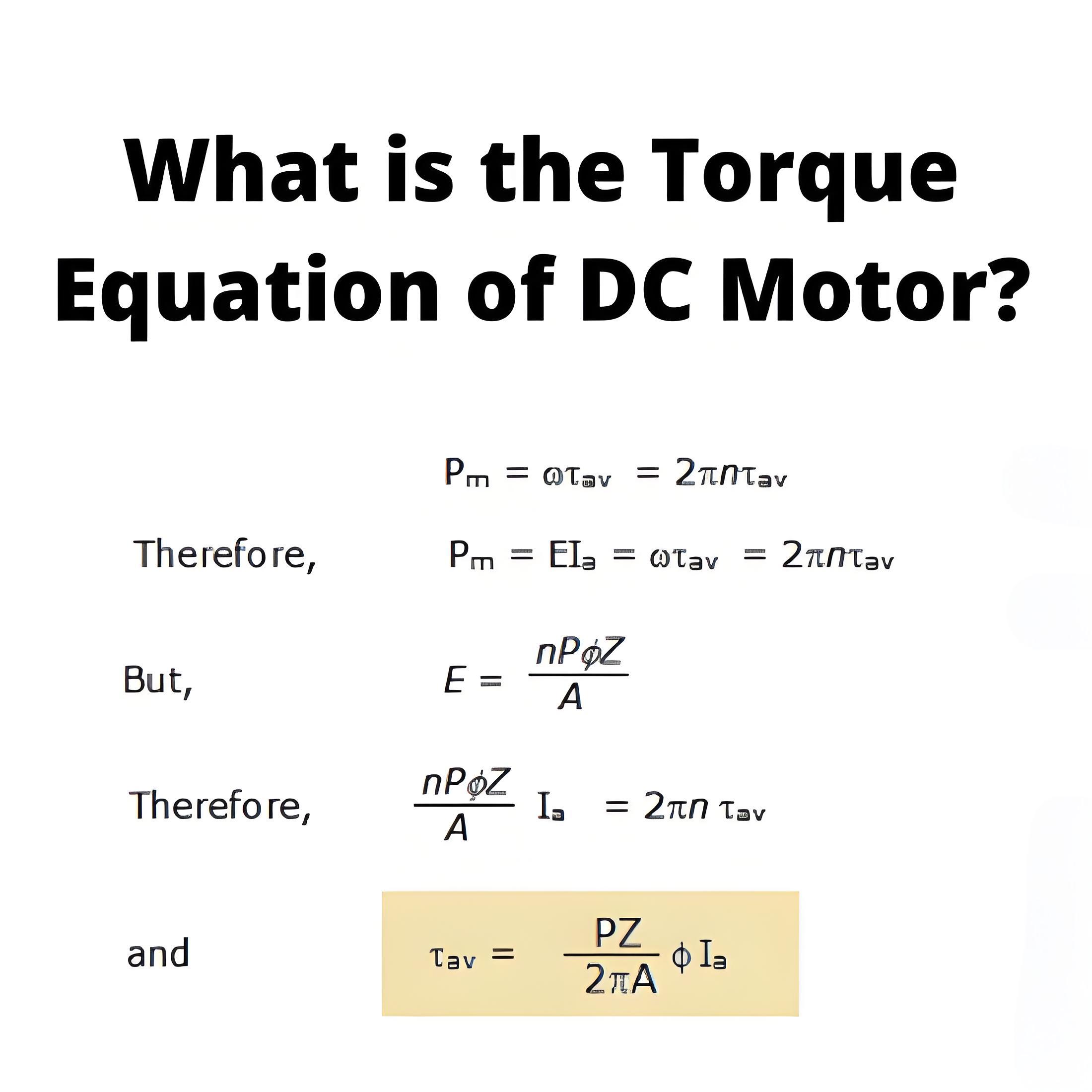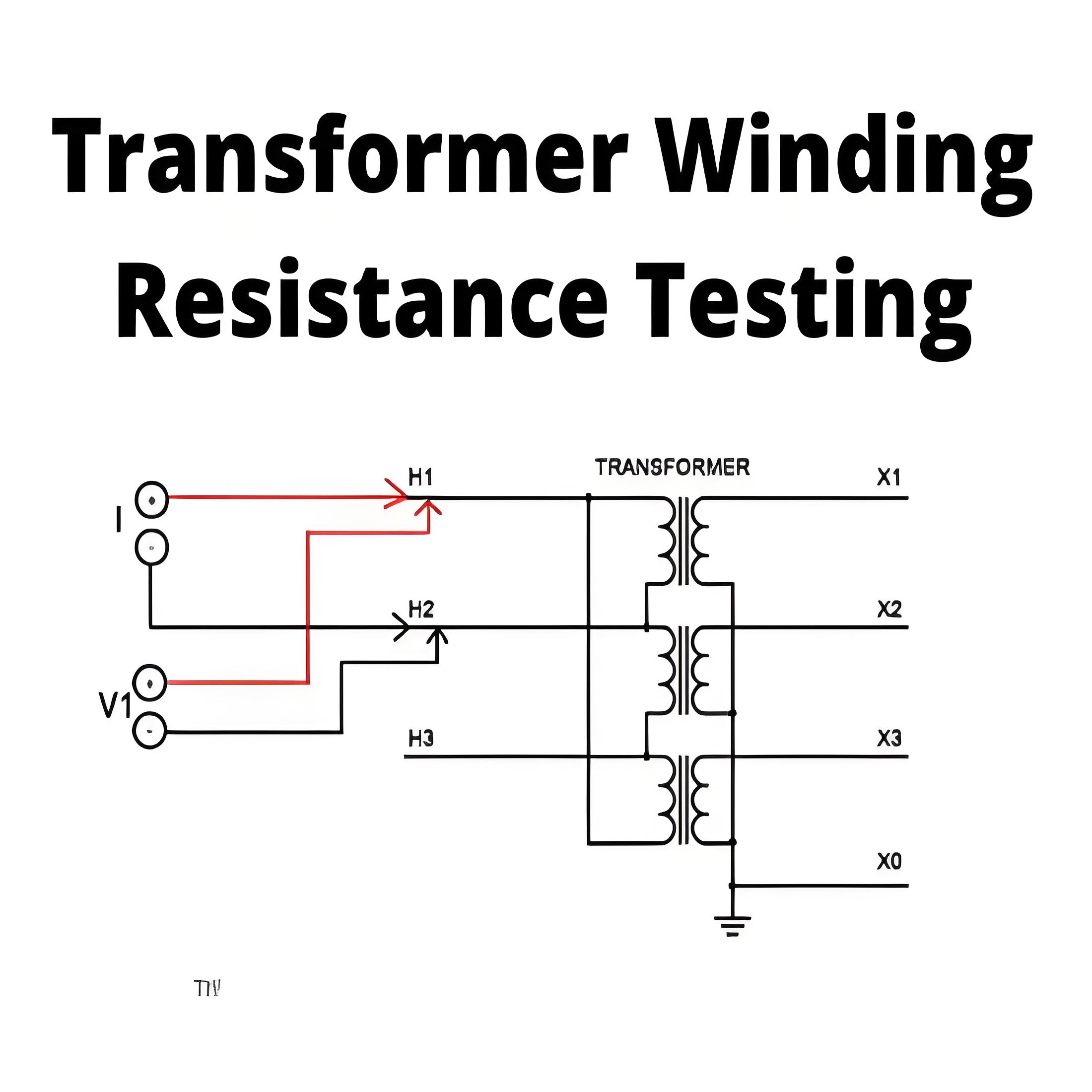What is an Radiation Pyrometer?
What is an Radiation Pyrometer?
Radiation Pyrometer Definition
A radiation pyrometer, a non-contact temperature sensor, measures temperature by detecting an object’s naturally emitted thermal radiation. The radiation depends on the object’s temperature and emissivity—the ability to emit heat compared to a perfect black body.
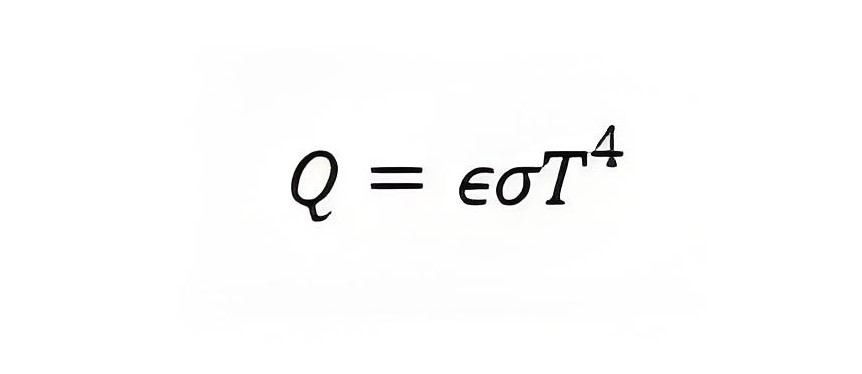
Q is the thermal radiation
ϵ is the emissivity of the body (0 < ϵ < 1)
σ is the Stefan-Boltzmann constant
T is the absolute temperature in Kelvin
Radiation Pyrometer Components
A lens or mirror focuses the object’s thermal radiation onto a receiving element, converting it into measurable data.
A receiving element that converts the thermal radiation into an electrical signal. This can be a resistance thermometer, a thermocouple, or a photodetector.
A recording instrument that displays or records the temperature reading based on the electrical signal. This can be a millivoltmeter, a galvanometer, or a digital display.
Types of Radiation Pyrometers
There are mainly two types of radiation pyrometers: fixed focus type and variable focus type.
Fixed Focus Type Radiation Pyrometer
A fixed-focus type radiation pyrometer has a long tube with a narrow aperture at the front end and a concave mirror at the rear end.
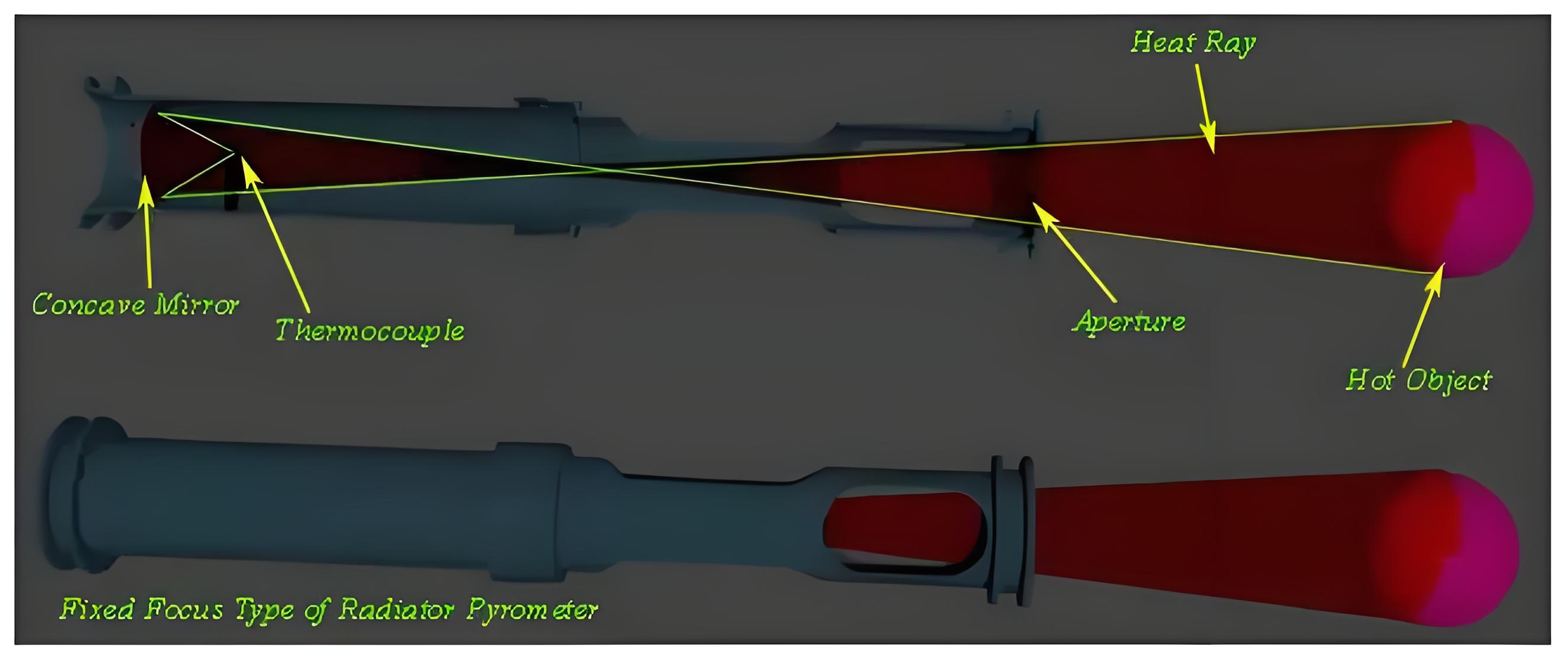
A sensitive thermocouple is placed in front of the concave mirror at a suitable distance, such that the thermal radiation from the object is reflected by the mirror and focused on the hot junction of the thermocouple. The emf generated in the thermocouple is then measured by a millivoltmeter or a galvanometer, which can be directly calibrated with temperature.
The advantage of this type of pyrometer is that it does not need to be adjusted for different distances between the object and the instrument, as the mirror always focuses the radiation on the thermocouple. However, this type of pyrometer has a limited range of measurement and may be affected by dust or dirt on the mirror or lens.
Variable Focus Type Radiation Pyrometer
A variable focus type radiation pyrometer has an adjustable concave mirror made of highly polished steel.
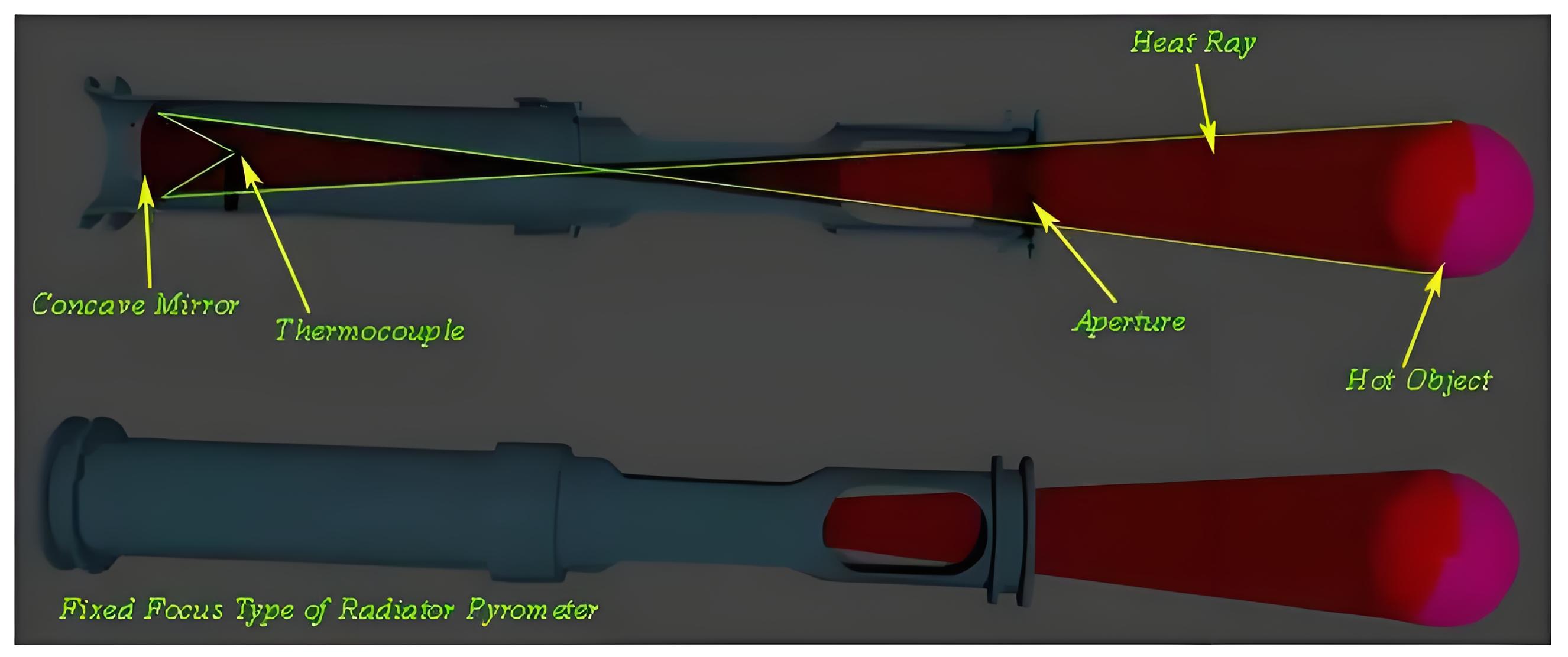
The thermal radiation from the object is first received by the mirror and then reflected onto a blackened thermojunction consisting of a small copper or silver disc to which the wires forming the junction are soldered. The visible image of the object can be seen on the disc through an eyepiece and a central hole in the main mirror.
The position of the main mirror is adjusted until the focus coincides with the disc. The heating of the thermojunction due to the thermal image on the disc produces an emf that is measured by a millivoltmeter or a galvanometer. The advantage of this type of pyrometer is that it can measure temperatures over a wide range and can also measure invisible rays from radiation. However, this type of pyrometer requires careful adjustment and alignment for accurate readings.
Advantages
hey can measure high temperatures above 600°C, where other sensors may melt or damage.
They do not need physical contact with the object, which avoids contamination, corrosion, or interference.
They have a fast speed of response and high output.
They are less affected by corrosive atmospheres or electromagnetic fields.
Disadvantages
These devices may show errors due to non-linear scales, emissivity variations, ambient changes, and contaminants on optical parts.
They require calibration and maintenance for accurate readings.
They may be expensive and complex to operate.
Welcome to our electricity community! Established to facilitate the exchange and cooperation in the electricity industry and bridge professionals, enthusiasts, and related enterprises.


